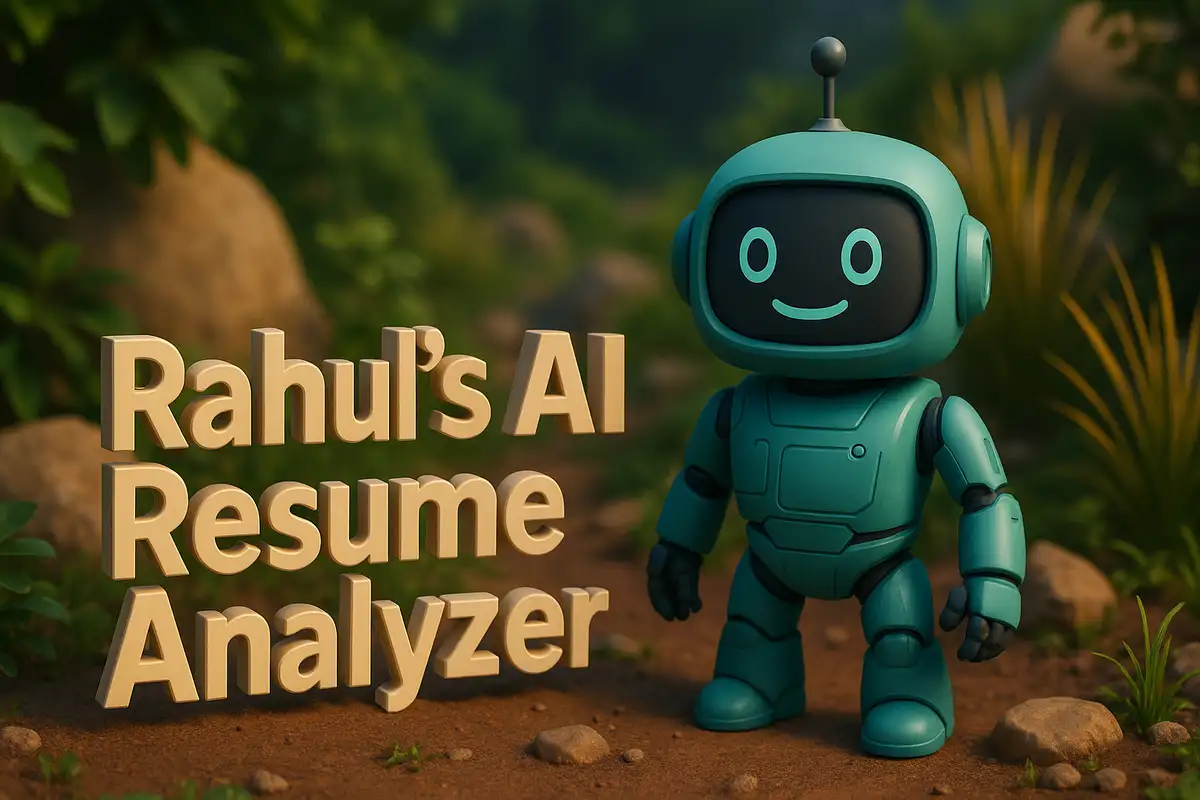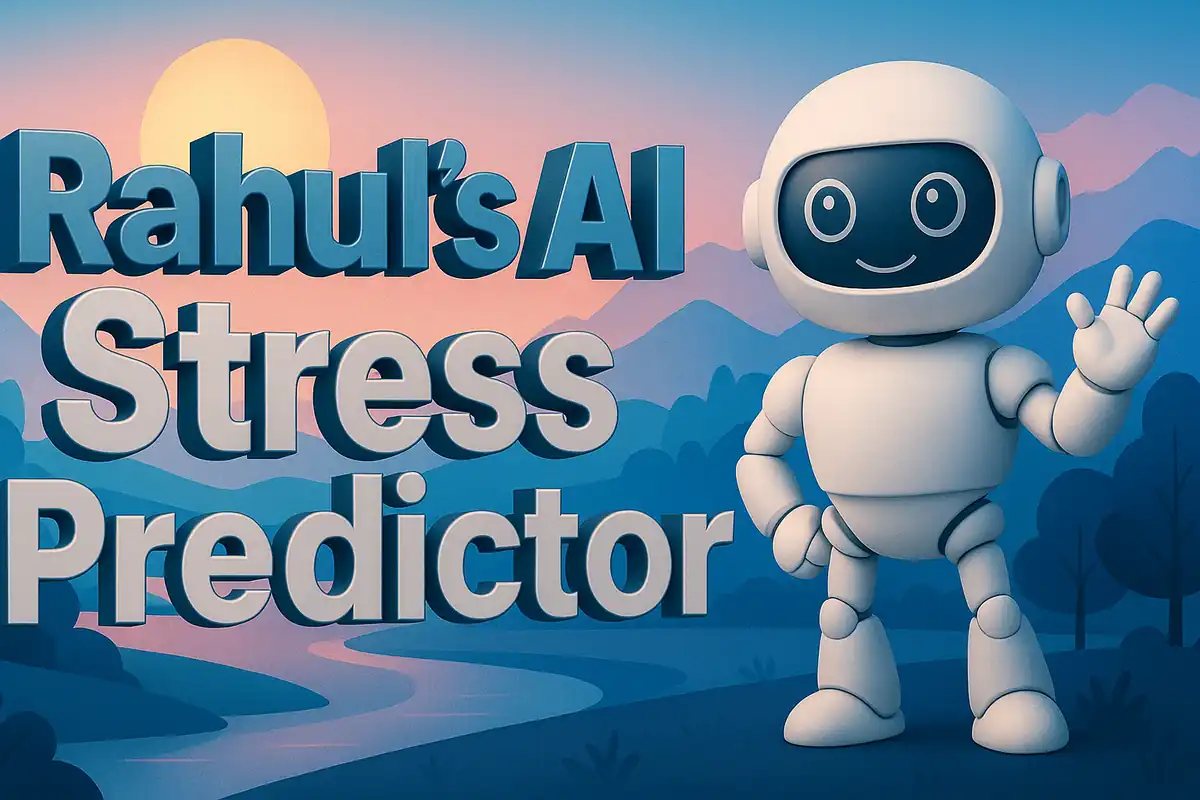Building My AI Resume Analyzer
I recently built Rahul’s AI Resume Analyzer, a tool that compares a resume against a job description and highlights missing keywords while measuring semantic fit. Let me walk you through the code that powers it.

First, I listed dependencies in requirements.txt: Gradio for UI, sentence-transformers for embeddings, scikit-learn for TF-IDF and cosine similarity, PyPDF for PDF parsing, and pandas/numpy/torch for data handling.
In app.py, I began with imports: core libraries like os, re, io, json, and string for utilities; numpy and pandas for data manipulation; and Gradio for the interface. From ML packages, I used TfidfVectorizer for keyword ranking, cosine_similarity for text similarity, and SentenceTransformer for embeddings.
I defined configuration constants like the embedding model (all-MiniLM-L6-v2), number of keywords, and similarity thresholds. Then I wrote text utilities (clean_text, normalize_tokens, split_sentences) to preprocess both resumes and job descriptions. Functions like read_pdf and read_text extract raw text.
The core logic lives in analyze(). It embeds the resume and job description, ranks job-specific terms with TF-IDF, checks which ones are “covered” or “missing,” and suggests bullet points to strengthen the resume.
Finally, I wired it all into a Gradio Blocks UI, so users can upload resumes, paste JDs, and instantly see missing skills, strong matches, and suggestions.


